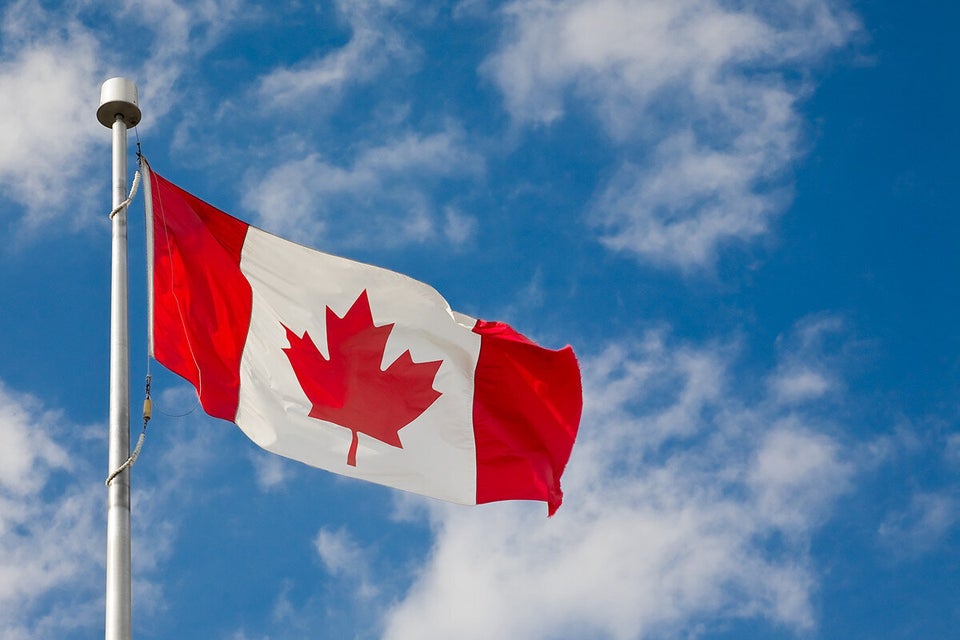
Photo credit: Marie Byers & Larry Schreiner
This post originally appeared on www.avrahambyers.com
If I gave you $500 a month to put towards your debt, what's the best way to use it? Should you chisel away at the debts with highest interest rate? Or knock off the smaller ones first?
I'm going to take you through two strategies to tackle your debt -- Debt Avalanche vs. Debt Snowball -- and I'll show you which one works best. The answer might surprise you.

Photo credit: Marie Byers & Larry Schreiner
Method #1 - Debt Avalanche
This strategy prioritizes paying off your debts from highest to lowest interest rates in order to minimize the amount of interest you pay.
Here's how it works:
Step 1: Make minimum payments on all your debts
Step 2: Allocate all extra money to the debt with the highest interest rate
Step 3: Once that debt is completely paid off, focus on paying off the debt with the next highest interest rate
Step 4: Repeat until debt-free
Let me give you a real-life example. Imagine these are your debts:
- $12,000 line of credit at 4.99 per cent
- $8,000 owing on Amex at 19.99 per cent
- $3,000 owing on Visa at 8.75 per cent
According to the Debt Avalanche method, here's how you should prioritize where you put your extra $500 of income:
- Priority #1: 8,000 owing on Amex at 19.99 per cent
- Priority #2: 3,000 owing on Visa at 8.75 per cent
- Priority #3: 12,000 line of credit at 4.99 per cent
Your Amex might not have the biggest debt, but it does have the biggest interest rate. By paying off this card first, you'll drop your debt faster and pay less total interest to the banks.
Sounds great, right? Before you decide the Debt Avalanche method is right for you, let's talk about the Debt Snowball.

Photo credit: Marie Byers & Larry Schreiner
Method #2 - Debt Snowball
This method tells you to pay off your debts from smallest balance to largest -- ignoring your interest rates. The idea is that paying off your smaller debts sooner will give you confidence and financial momentum to stick with your plan to the end.
Using our example above, here's the order you'd prioritize paying off your debts:
- Priority #1: 3,000 owing on Visa at 8.75 per cent
- Priority #2: 8,000 owing on Amex at 19.99 per cent
- Priority #3: 12,000 line of credit at 4.99 per cent
This behavioural-based method harnesses the power of quick wins. Once you pay off that first debt, that small win will spur you on to knock out the next debt. The momentum will build and before you know it, you'll be debt-free.
Let's look at the numbers: Debt Avalanche vs. Debt Snowball
Now that we've reviewed the two main strategies to get you debt-free, let's lay out exactly how much interest you'll pay and the time it'll take for you to achieve your goals.
Just to recap, here's a side-by-side comparison of how they'd be paid off by priority:
Priority Chart

So which method will get you ahead financially? Let's look at the breakdown of interest accumulated.
Total Time & Interest Paid

If you choose the Debt Avalanche method, you'd be ahead $786 in interest charges and pay off your debts 2 months sooner.
But hold your horses. Before your jump on the Debt Avalanche bandwagon, let's look at how long you'd have to wait to pay off your first debt...
Time It Takes to Pay Off First Debt

If you chose the Debt Snowball method, you'd pay off your first debt in only eight months -- versus two years and one month using the Debt Avalanche method.
Which method should you choose?
Mathematically, it makes more sense to follow the Debt Avalanche method. And I logically understand that.
But finances are 80 per cent behavioural and 20 per cent numbers. That's why I always recommend starting with the Debt Snowball approach.
And the research backs me up. Kellogg researchers -- the university, not the cereal -- found that consumers who used the Debt Snowball method were more likely to eliminate their entire debt balance.
And that makes sense to me.
Quickly seeing those credit cards come back with a zero balance will give you the stamina to power through your debt repayment.
There isn't a better motivation than that.
Now it's your turn...
Which method makes sense to you?
Are you an Avalanche or a Snowball type of person?
I'd love to hear your opinion. Join the conversation and leave a comment below.
P.S. Wanna learn the easiest way to budget? CLICK HERE and download my ebook Your Magic Number for FREE (20 minute read).
Follow HuffPost Canada Blogs on Facebook
Also on HuffPost:
